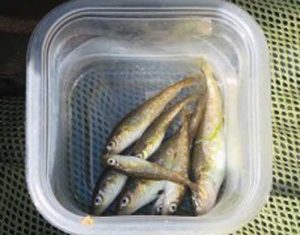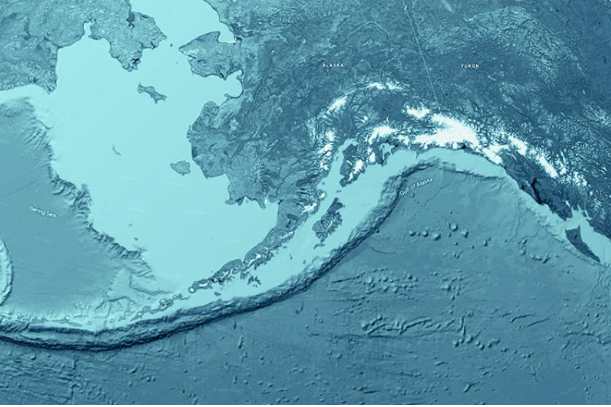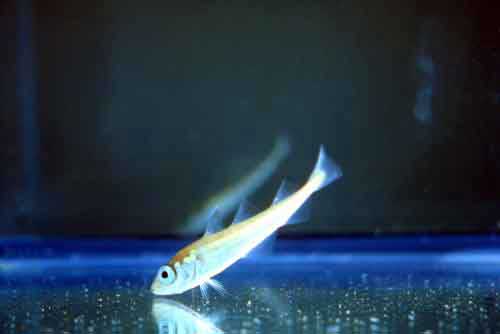
“The status of Pacific cod is probably the biggest fishery issue facing Kodiak right now, with the quota cut 80 percent for 2018,” said Mike Litzow, a University of Alaska Fairbanks associate professor at the Kodiak Seafood and Marine Science Center.
Pacific cod stocks have collapsed, possibly because recruitment (production of young fish to enter the population) has been very low during a recent string of incredibly warm years in the Gulf of Alaska, he said.
Scientists don’t know why cod stocks are shrinking. The leading hypothesis is that warmer temperatures increase the metabolic rates of young cod, and their food sources don’t supply enough energy.
There’s a sticking point—there’s not enough data to test the theory. Studies of fish ecology and population dynamics in Alaska are overwhelmingly conducted in the summer. Almost nothing is known about wintertime ecology of juvenile Pacific cod.
To help provide answers, Litzow and fisheries oceanographer Alisa Abookire embarked on a pilot study this month to collect information about habitat use, diet and energetics of juvenile cod.
They are sampling the fish with a beach seine and taking ocean water data aboard a semi-enclosed 22 foot skiff. To stay warm they wear insulated paddling suits.[xyz-ihs snippet=”adsense-body-ad”]Litzow and Abookire are collaborating with scientists at the Hatfield Marine Science Center in Newport, Ore., who have been studying juvenile cod in Kodiak over the last 12 years. The pilot study is funded by the Ocean Phoenix Fund through the University of Alaska Foundation.
The pilot study is part of a broader initiative to seek funding to continue sampling in future winters. Litzow has already secured funding to conduct summertime sampling of juvenile cod across the western Gulf of Alaska.
The researchers aim to increase understanding of the way climate change is affecting the fishery, and give managers an early indication of the likely strength of recruitment in future years.
Alaska Sea Grant has funded two of Litzow’s marine ecosystem research projects in the last decade. He and Abookire work alongside several Alaska Sea Grant faculty and staff, also housed at the Kodiak Seafood and Marine Science Center.







